From weddings, funerals and proms to Dead concerts, Mandela and Pope visits, Hoogasians have been flowering SF since 1928
In San Francisco in the 1950s and 1960s, before the internet, match.com, and social media, flower stands downtown were one place a boy could meet a girl.
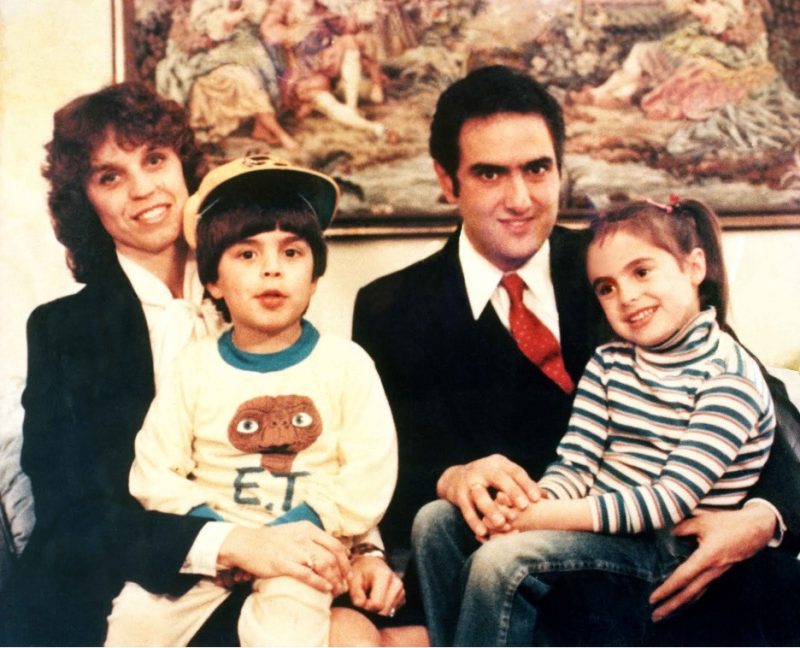
Harold Hoogasian met his wife, Nikki, in 1974 at his dad’s Post Street flower stand, where he helped out. She’d accompanied her dad, a funeral director, who’d come to talk business.
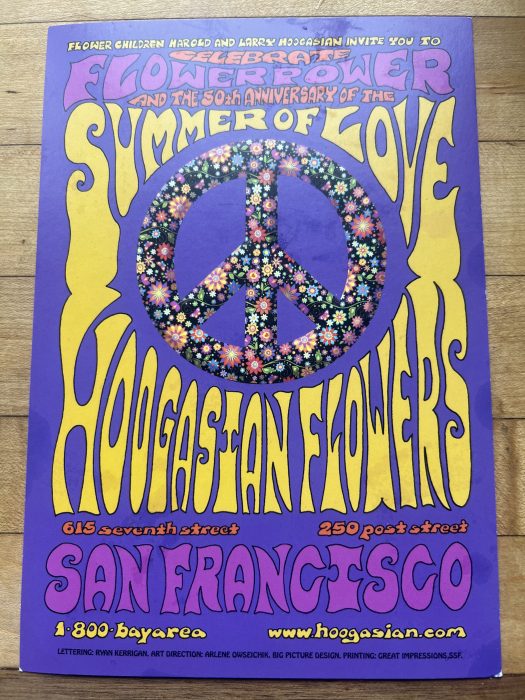
It was something of a family tradition. His father opened his first flower stand in 1949 on Powell Street, where he met Hoogasian’s mom, Theresa. She was a waitress at the St. Francis Hotel coffee shop and passed the flower stand daily on her way to work. The divorced daughter of Lebanese immigrants, she had moved from Ohio with her daughter, Camille, for a new start.
This family floral dynasty, once one of the largest order producers in the nation, has been operating continuously since 1928. Over time, Hoogasian Flowers leased a dilapidated cannery at Fisherman’s Wharf, added a flower stand in front of Gump’s department store and shops at Ghirardelli Square, the Holiday Inn on Union Square, and on Treasure Island.
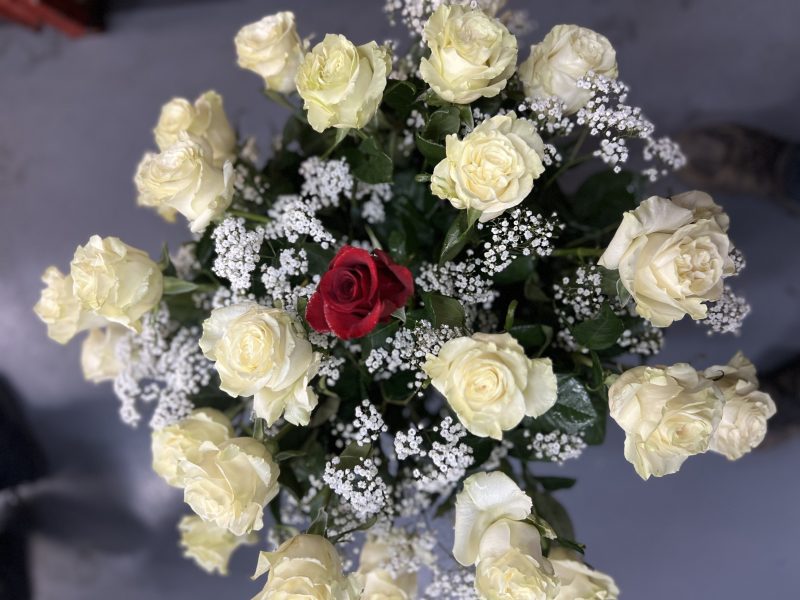
In addition to providing flowers boys could give to girls, Hoogasian’s has decorated Grateful Dead concerts with garlands of marigolds; provided 10,000 carnations (dropped by airplane) over the polo fields for the 1991 Bill Graham Memorial Concert; designed huge floral arrangements for Pope John Paul II’s visit in 1987; and looped bouquets of roses around the Oakland Coliseum stage for Nelson Mandela’s 1990 Bay Area visit.
Not to mention filling Carlos Santana’s standing weekly order for 24 white roses with one red rose in the middle, to this day.
Hoogasian, now 75, still runs the business, which is open 365 days a year. Sales are now done from a 10,000-square-foot South of Market warehouse the business moved to in 1999. He no longer has any flower stands on the streets, and business was heavily impacted by the pandemic, he said.
All florists, one jeweler
Though he has five people working for him, Hoogasian is there every day taking orders, doing arrangements, and still making an occasional delivery. If you call in the afternoon to order a bouquet, he will answer, unless he’s in Hawaii. In 1990, he bought a coffee farm in Hawaii and spends some of his time there.
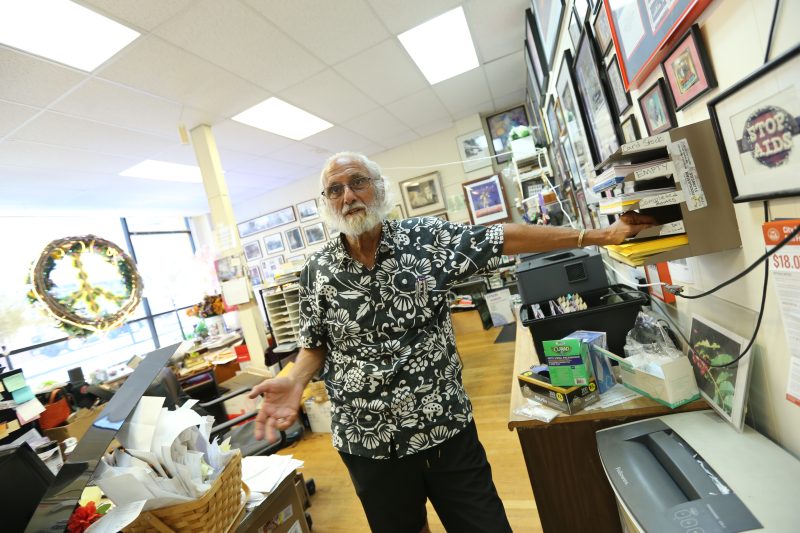
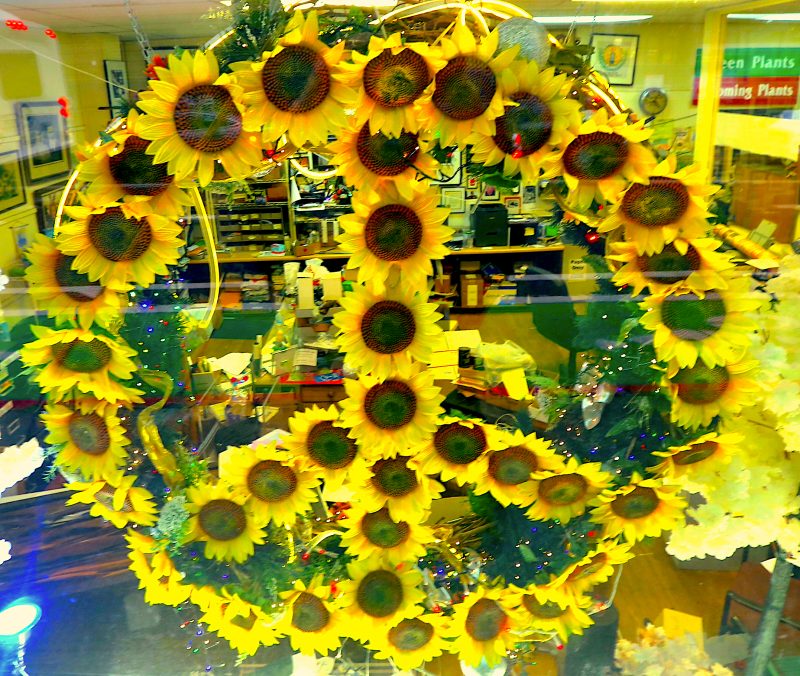
He is a father of two, who worked in the business while attending college, a grandfather of four, and a swimmer. “I swam at Cal, and in 2013, I started swimming again,” he said. “I decided I was not going to be another fat old fart.”
The name Hoogasian means “Son of a Jeweler” in Armenian, Hoogasian said, but there was only one jeweler in the family – his uncle. “My granddad went into the flower business as soon as he immigrated from Armenia. My grandma, dad, and uncle joined him later.”
His father was 10 when the family arrived in San Francisco, through Mexico, in 1928. “My grandpa began by peddling violets, gardenias, and posies from a cart downtown.”
His father was one of a number of merchants of Armenian descent who ran sidewalk flower stands that brightened the street scene in downtown San Francisco for generations. Though he had several stands, he was best known for the one at 250 Post St., in front of Gump’s, that he ran for nearly 50 years.
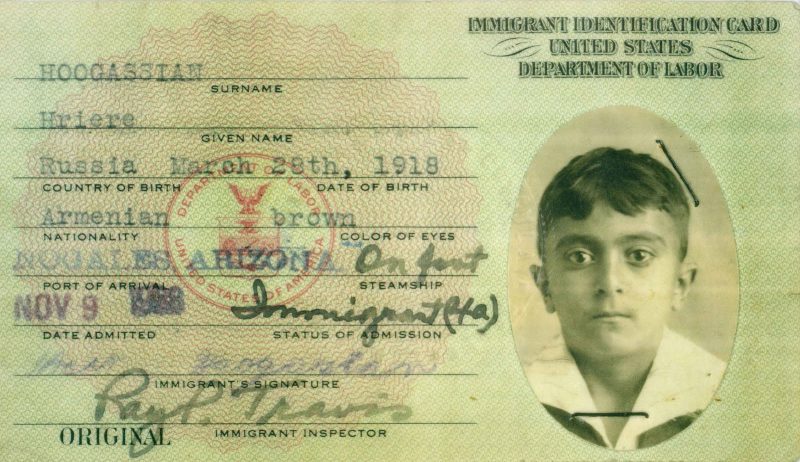
Hoogasian said his father was a fixture at 250 Post Street. “He was a San Francisco character who wore a suit and tie to work, a classy guy, a true gentleman. He always said he was a member of the upper tier of the lower class.”
From flirtation to flower dynasty
His dad’s introduction to the girl who’d become his wife in 1949 was a flirtation that ensured the dynasty started by Grandpa Missak.
As Hoogasian tells the story, one day she requested a special bouquet to take to the hospital, where her sister had just had a baby. But the florist hadn’t wrapped the flowers in cellophane, as she discovered hospitals required.
Indignant, she marched back and said, “Why didn’t you wrap the flowers?” Hoogasian said his dad replied, “You walk by here every day and never talk to me; I just needed a second chance.” They were married within a few months and her husband adopted her daughter.
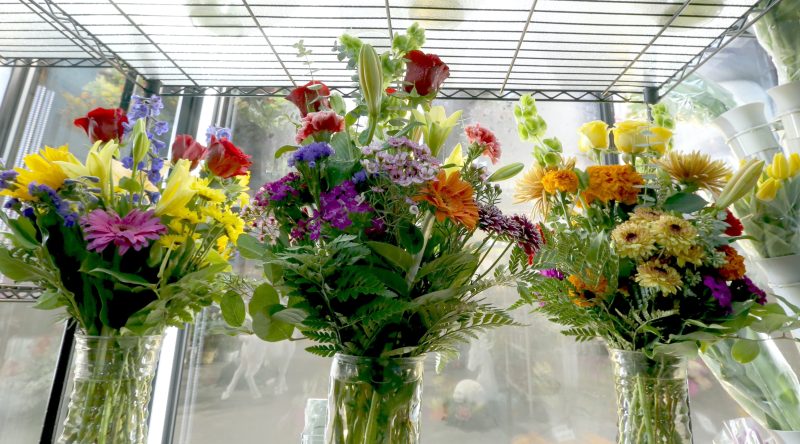
Their son is today’s top flower boss. Harold Milad Hoogasian was born in 1950, at St. Mary’s Hospital in San Francisco. His brother, Larry, was born three years later.
From age six, Harold took the 1 California line from home at 26th Avenue and California all the way downtown to help at the family flower stand, by then relocated to 250 Post.
He and his brother made corsages, which sold for 50 cents.
He attended St. Monica’s Catholic School and St. Ignatius High School but had no idea about his family’s history.
“I was an idiot savant at math, but history bored me, and I kept falling asleep in history class, and my teacher, this Jesuit priest, would drop a metal trash can on the floor next to me: ‘Hoogasian, stay awake or I’m sending you to the Turks!’ After three times I said, ‘What’s this about the Turks anyway?’, and he told me to ask my dad, that’s how I learned about the (Armenian) genocide.”
As a teen, he worked at the flower stand. “Some of the best experiences of my life happened there, like meeting my wife.”
How great was it to be young in the ‘60s, working and flirting with girls at his dad’s fragrant and colorful flower stand? “You have to understand. I was going to an all-boys high school, and we were kind of repressed.”
The happiest business
Today he’s irrepressible: tall and perennially George Hamilton tanned; he dresses in bright Hawaiian shirts, (he grows coffee in Hawaii), and sports a neatly trimmed beard, and a mane of curly, silvery hair. He smiles easily and often, especially when telling anecdotes of his lifetime in flowers. “What other business can you think of where you are told, on a constant basis, ‘Oh, you made my day!’ “
After graduating from the University of California, Berkeley in 1973 with a degree in genetics, he had options to go to a university in Ohio to do tissue genetics or one in Kansas to study sorghum genetics. But it all lost its allure after he met his wife. She worked in her family’s funeral homes, and their marriage was a match on many levels.
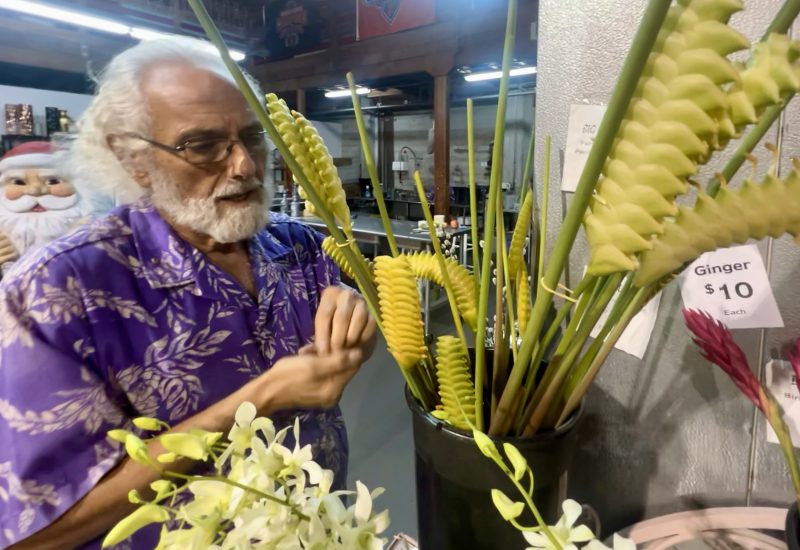
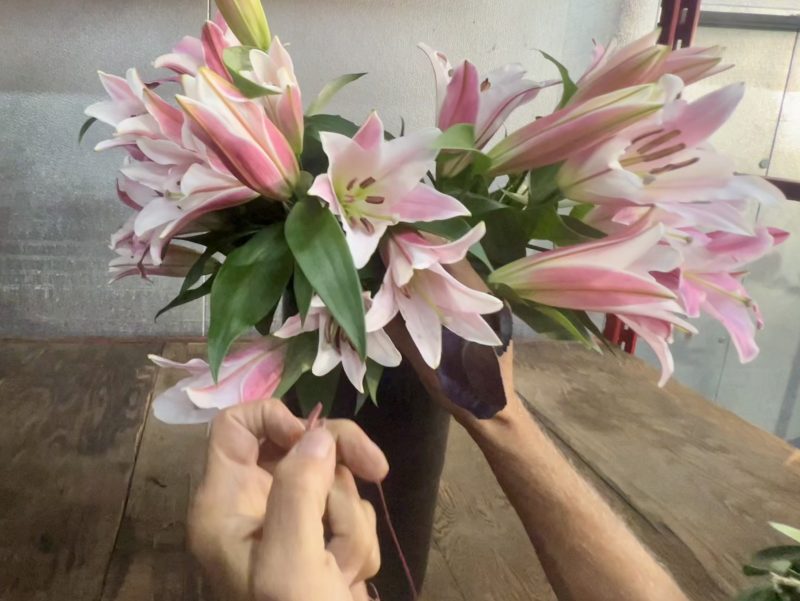
In addition to supplying her family’s business, Hoogasian Flowers also operated several outside stands.
“Dad chose corners, always corners. You get much more traffic on the corners,” Hoogasian said. But when Gump’s offered him a standing $300 monthly order for flowers, his Dad was happy to accommodate Mr. Gump’s desire for a stand right in front of the mid-block store.
“And he provided us with water and power, and a phone,” Hoogasian said. “We had plenty of water as we were positioned right above the employees’ restroom.”
Moreover, Hoogasian Flowers could be reached through Gump’s switchboard – ext. 15. Its city operating permit, cost $130 a quarter.
In the mid-’60s, his father was offered a lease on a big space in a derelict fruit cannery on the fringe of Fisherman’s Wharf. He turned a dark, cement industrial space into a thriving flower shop, catering to tourists “coming to San Francisco to wear a flower in their hair.”
A top order-producer
The family expanded the business to Treasure Island in 1977. With the opening of the operation at the Navy Exchange Treasure Island, Hoogasian Flowers became a full-service, traditional flower shop operation. That is, it was able to “wire” flowers anywhere, while still delivering locally.
During its time there, Hoogasian’s became one of the top order-producing shops in the nation, in part due to the timing of the Vietnam conflict and Treasure Island’s position as the last stateside stop for many Navy trainees.
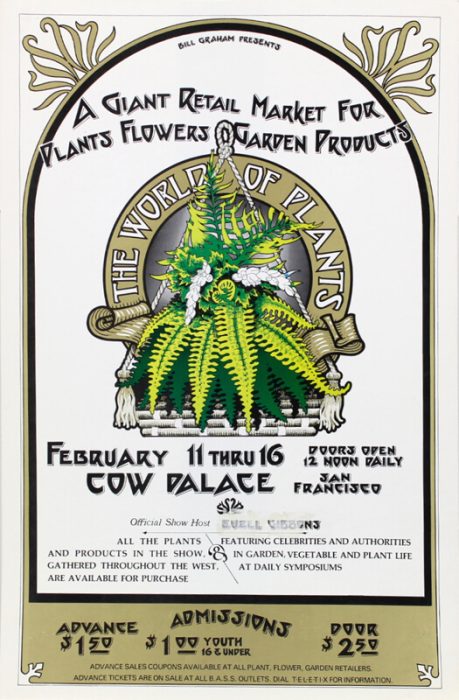
In 1976, Larry, who’d just graduated from the University of California, Berkeley with a degree in architecture, built an impressive display stand for the business at The World Of Plants Exposition, a Bill Graham production, at the Cow Palace.
“Bill Graham walked by and said, ‘My, my, my, I don’t think I’ve ever seen a pile of sticks look so good’,” and thus was born a creative partnership that lasted through the 1980s and beyond the impresario’s death. Hoogasian’s became the go-to florist for many Bill Graham events, as evidenced by the multiple posters adorning Hoogasian’s memento-filled office.
Working with the famed rock concert and event promoter could be nerve-wracking, he said.
He remembers being escorted to Graham’s backstage trailer at the Shoreline Amphitheater during a Grateful Dead show. Hoogasian’s had done the flowers. Graham, yelling and screaming at someone on the phone, put his hand over the receiver and told Hoogasian, “Don’t worry, this is just me doing business. Now, can you handle thousands of roses for the Oakland Coliseum mainstage for Nelson Mandela’s visit/tribute?”
By that time, Hoogasian and his brother were managing the business. Their father preferred working the Post Street flower stand., They began advertising, something “my folks really didn’t believe in,” he said. “Mom would have gone berserk if she knew we were spending $20,000 for a quarter-page ad in the Yellow Pages.”
Civic engagement
They also bartered flowers for ads, an idea he read about in Florist Magazine. “I had an order to deliver to KMEL Radio, so I suggested to the station manager that we come to an arrangement.” At one point, their ads were on 17 radio stations, all paid for with flowers. “That made all the difference in our visibility.”
In 1996, Hoogasian ran for supervisor. He argued that city taxes were hostile to small businesses.
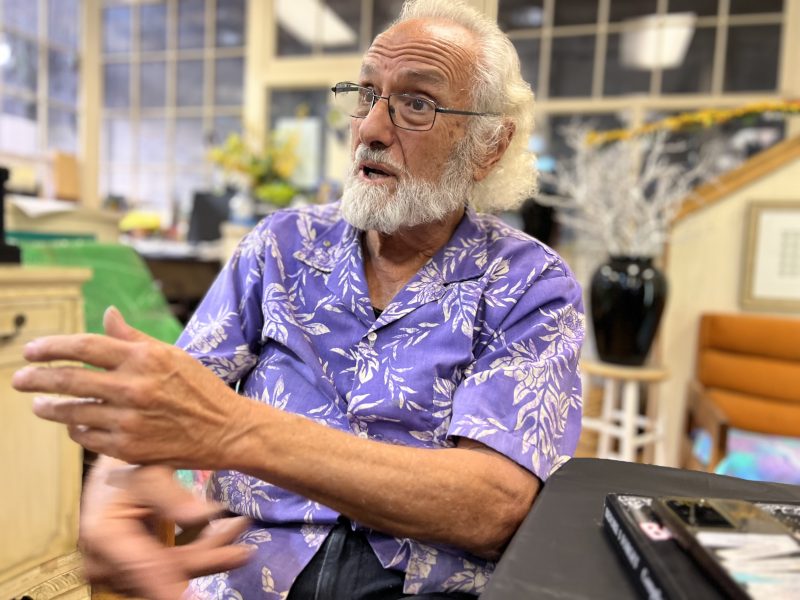
He also questioned the city’s use of eminent domain, something his own family had experienced. The city wanted to put a playground at the corner of Jackson and Powell streets, where one of his father-in-law’s mortuaries had been in operation since 1946. His in-laws refused the city’s original offer and fought for 10 years to get what they felt was a better “but not fair market price,” Hoogasian said.
He’s hoping Mayor-elect Daniel Lurie will bring a better climate for business, and help downtown recover. Because he isn’t going anywhere, as he carries on the family legacy – on his own. Larry had a catastrophic fall and passed away in 2023. Hoogasian’s sister, Camille, died in 2021.
He may be the last adult Hoogasian standing, but there may be hope for the flower dynasty.
“My 13-year-old granddaughter, Siena, is a great floral arranger; she’s a natural,” he said. “But I can’t even bring it up yet, gotta wait to ask her, at least 10 years.”
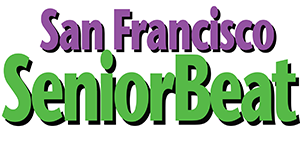

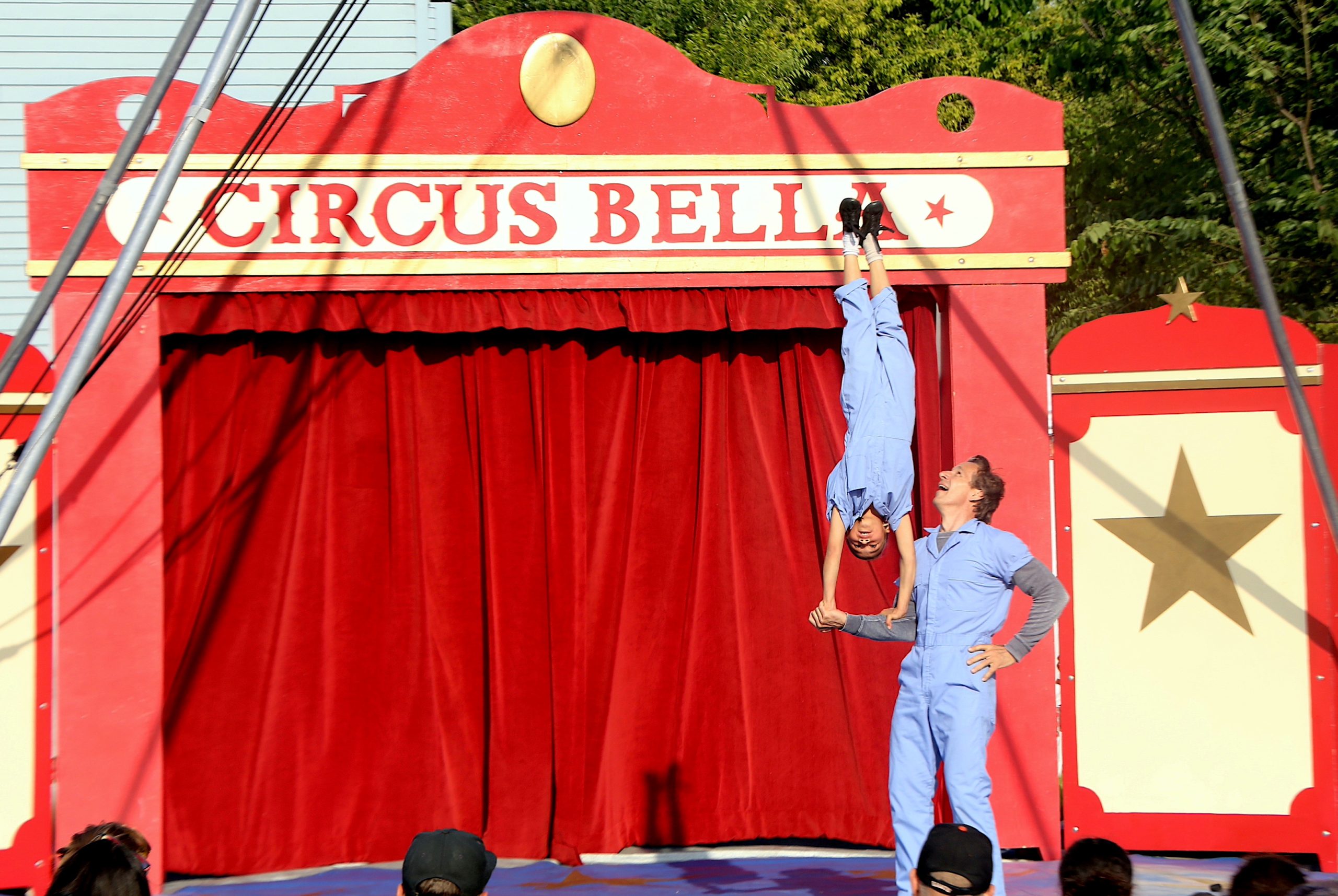
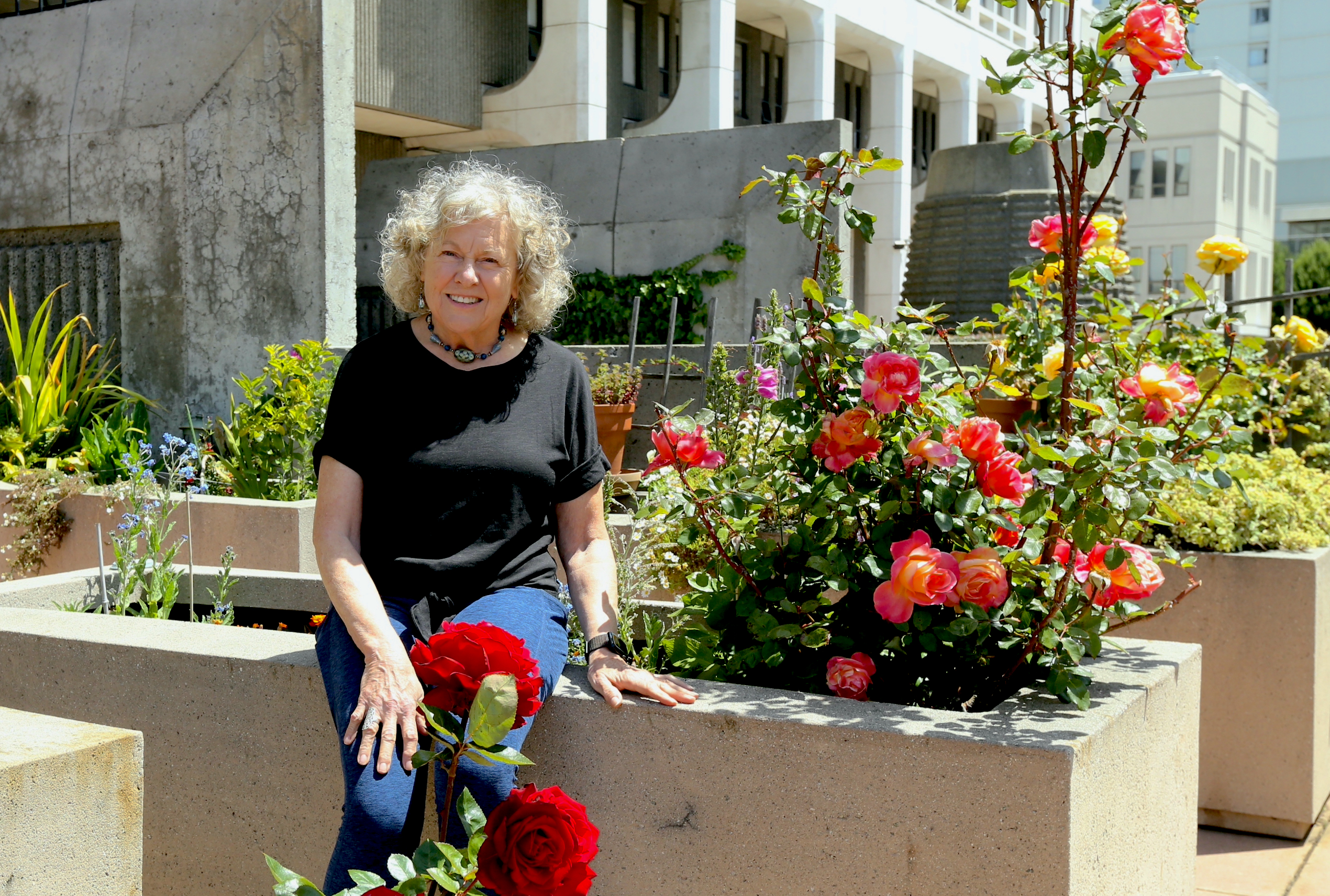
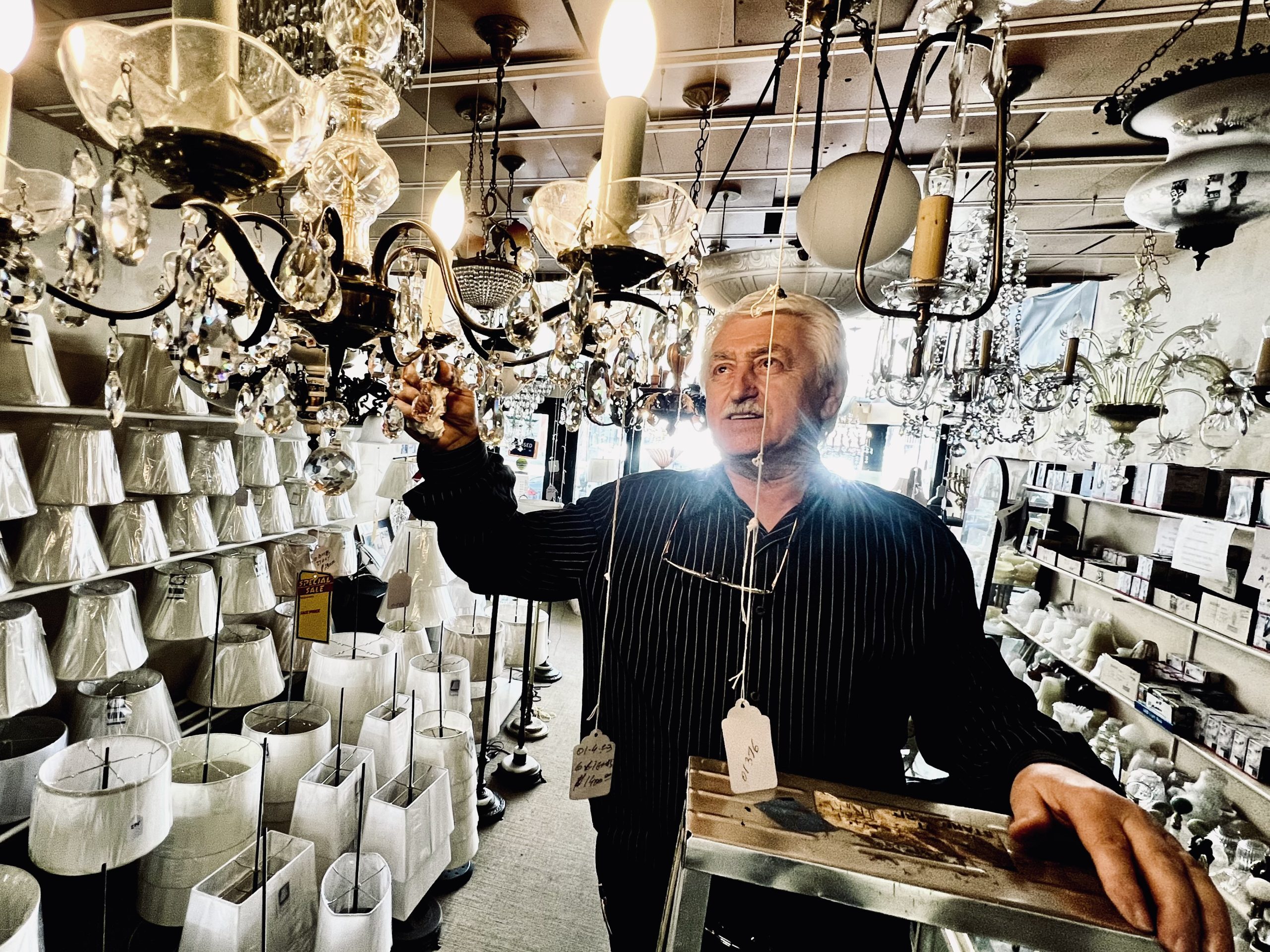

Liza Reavis
Such a beautiful tribute to a wonderful family and perfect to read on Christmas Eve!
Socorro Gutierrez
What a wonderful San Francisco story